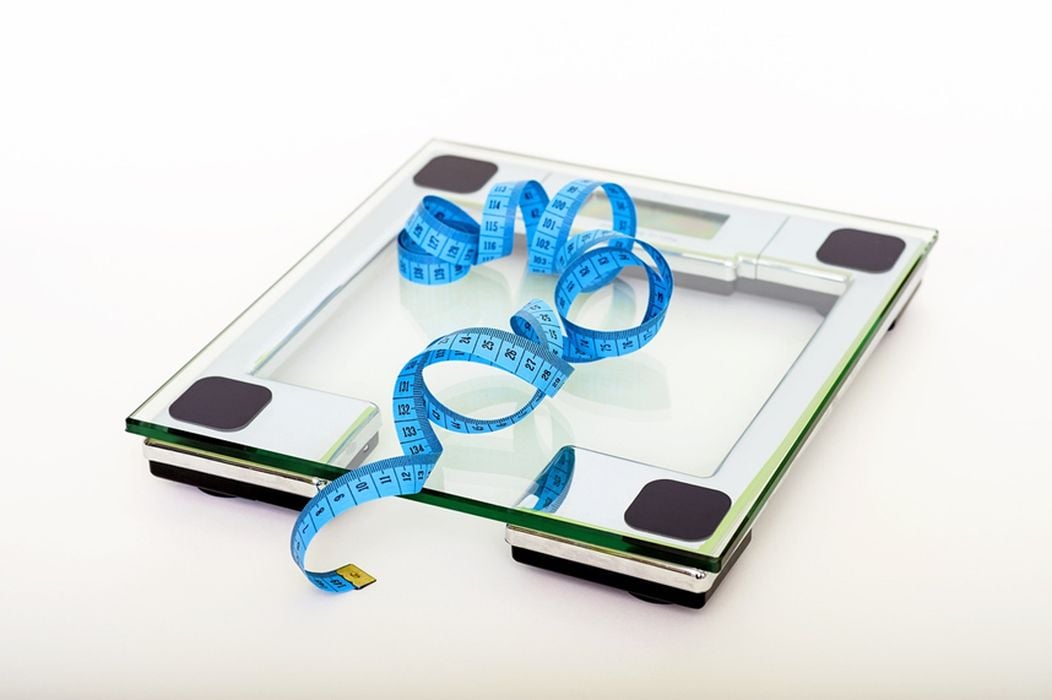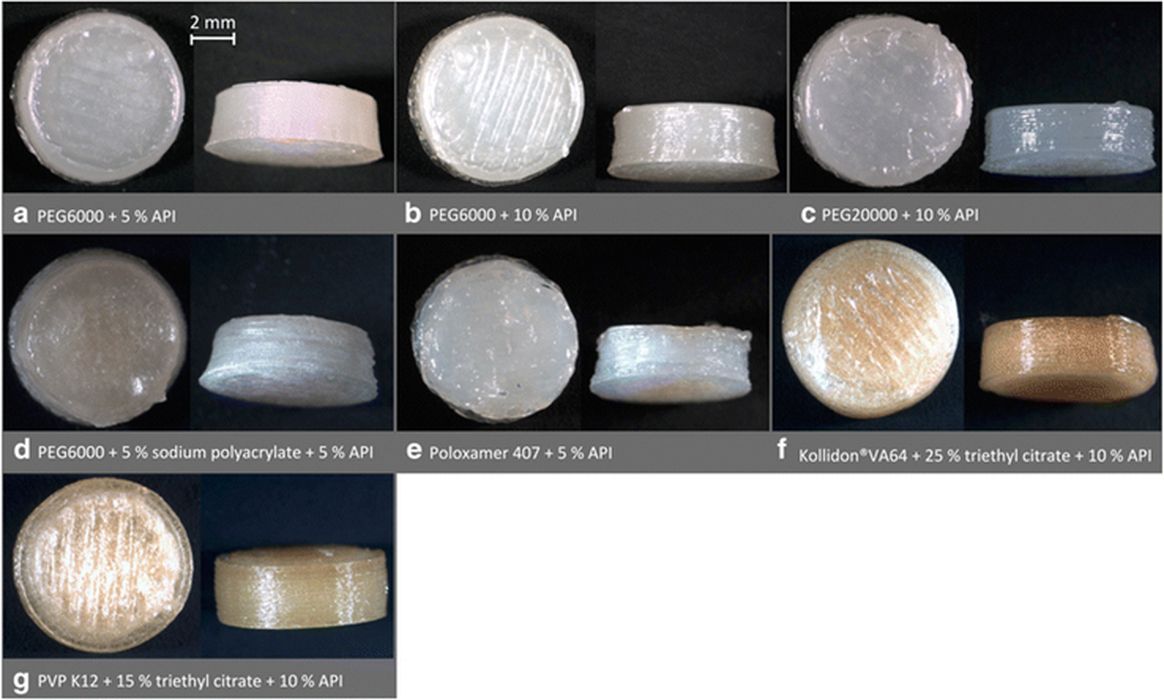
Charles R. Goulding and Preeti Sulibhavi examine the role of 3D printing in the context of weight loss medications.
A recent article in the Financial Times (FT) brought weight loss drugs and the pharmaceutical companies that develop these pills into the limelight. Often referred to as obesity drugs, weight loss pills and treatments have become a highly profitable business.
The article specifically covered Eli Lilly and Novo Nordisk. Eli Lilly is the pharmaceutical company behind Mounjaro, the injectible medication for diabetes with strong clinical trial results for use in weight loss. Novo Nordisk is the big pharma behind Ozempic, the diabetes treatment very well-known for its catchy advertising jingle, as well as its weight loss side effect.
Novo Nordisk and Eli Lilly have spent up to US$3.5 billion this year alone on investments in developing weight loss and obesity medications. Acquiring specialized obesity drug manufacturers, like Inversago, has been one avenue pursued by companies such as Novo Nordisk. The acquisition was driven by Novo Nordisk’s focus on developing an innovative, receptor-based treatment for obesity, diabetes, and associated complications.
We have covered hospitals and 3D printing, medtech and 3D printing as well as bioprinting. But the issue of weight loss is a concern many people can relate to, and we see a way in which 3D printing can help.
Initially, reactions from the medtech, bariatric surgery, food and beverage, and restaurant and hospitality industries were negative. They asserted that with all the emphasis on weight loss, people would be hesitant to spend money on food and dining. But the fact of the matter is that people who get treatment for diabetes and weight loss can then dine at restaurants and enjoy some of their favorite foods and beverages as they will be on treatment.
In terms of medtech and surgeries, Johnson & Johnson (J&J) CFO, Joseph Wolk, has indicated that the use of these drugs could eventually make obese patients eligible for other procedures that use J&J products, even if there is a slight dip in bariatric surgeries in the near-term. These weight loss drugs may not be tolerable or effective in all patients so some may still require surgery, which often requires specific medtech in terms of implants and devices.
Many bariatric procedures now involve adjustable gastric bands, duodenal-ileal bypass sleeves, and laparoscopy.
Even robotic surgeries are being conducted where robotic arms hold a variety of instruments like scissors, graspers and staplers, and the surgeon operates by using a computer that controls the robotic arms to perform the actual, physical surgery.
Many of these items could potentially be 3D printed, such as laparoscopic cameras, bypass sleeves and even parts of the gastric bands.
Furthermore, weight loss drugs are often prescribed pre-operatively and post-operatively for other surgeries, such as knee and hip, to reduce the weight load on the joint for better healing.
Medication and 3D Printing
Many weight loss drugs are used to treat other conditions such as diabetes. Many people who require weight loss medication may also be afflicted by other health concerns such as high cholesterol or blood pressure. In such cases, patients may be required to take multiple doses of multiple pills.
Using 3D printers to create pills for patients suffering from multiple illnesses with different drug compartments to reduce the number of pills patients must take in a day and different release profiles is a useful way to streamline drug administration. Many compounding pharmacies are attempting to do just that. We have also covered reshoring big pharma and 3D printing on Fabbaloo before.

The Research & Development Tax Credit
The now permanent Research and Development (R&D) Tax Credit is available for companies developing new or improved products, processes and/or software.
3D printing can help boost a company’s R&D Tax Credits. Wages for technical employees creating, testing and revising 3D printed prototypes can be included as a percentage of eligible time spent for the R&D Tax Credit. Similarly, when used as a method of improving a process, time spent integrating 3D printing hardware and software counts as an eligible activity. Lastly, when used for modeling and preproduction, the costs of filaments consumed during the development process may also be recovered.
Whether it is used for creating and testing prototypes or for final production, 3D printing is a great indicator that R&D Credit eligible activities are taking place. Companies implementing this technology at any point should consider taking advantage of R&D Tax Credits.
Conclusion
We have heard that developed nations tend to have populations with higher rates of obesity and other related health issues. With Novo Nordisk and Eli Lilly ramping up their weight loss specialization arsenal, there are more reasons to consider using 3D printers for creating pills and tablets for patients being treated for multiple health issues. In addition, not all patients will be successful on the drug treatments, so surgery is still on the table. The 3D printing industry can be in a win-win situation either way.
